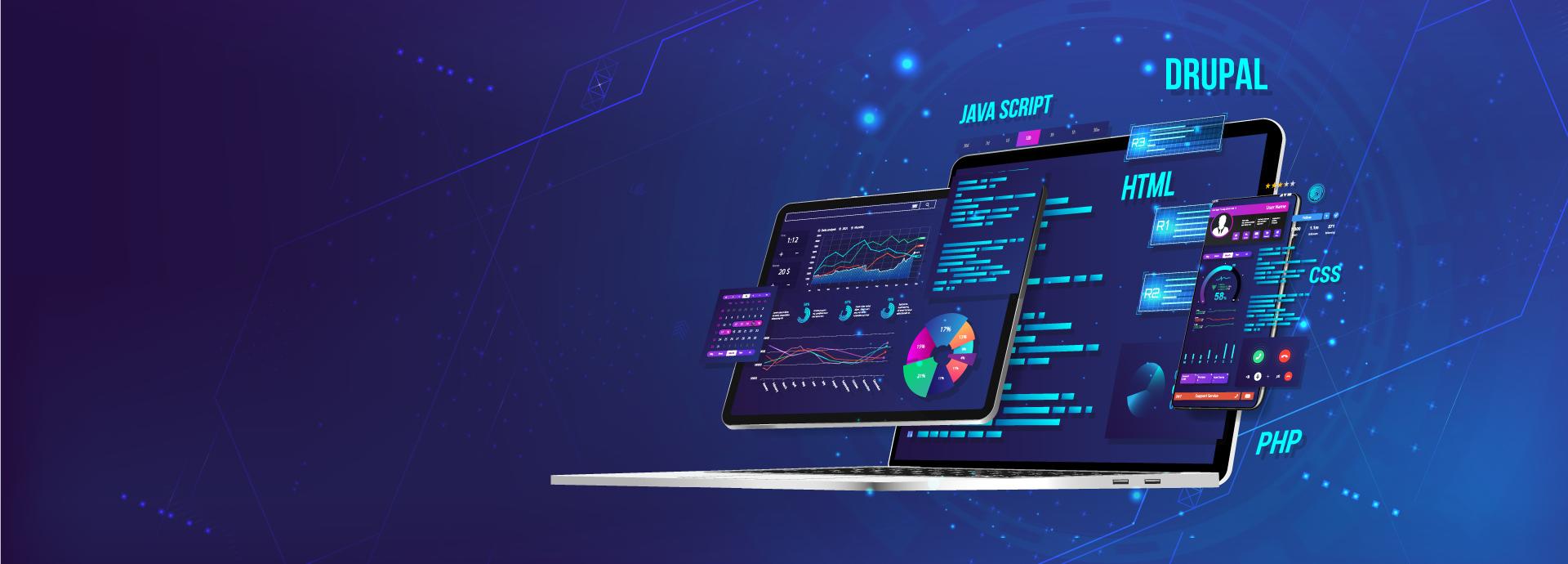In the evolving landscape of software development, understanding the quality and maturity of code is essential. While the journey from writing your first line of code to mastering the art of programming can seem daunting, it can be broken down into understandable steps or levels. In this post, we'll delve into five distinct levels of coding that serve as milestones in a developer's growth.
Level 1: Unworkable Code
Characteristics: This is where it all begins. The code at this level doesn't run. It could be due to syntax errors, missing dependencies, or other issues.
Why it happens: Everyone starts somewhere. Initial mistakes are often the result of unfamiliarity with the language syntax or environment.
Moving to the next level: Developers should focus on understanding error messages, seeking help from documentation, or asking more experienced peers.
Level 2: Workable Code
Characteristics: The code runs and delivers its intended functionality but might lack efficiency, maintainability, or security.
Why it happens: Once initial hurdles are overcome, developers focus on making things work. The emphasis here is on functionality, often with a 'quick and dirty' approach.
Moving to the next level: Refinement is key. Developers should start considering the implications of their code, including potential inefficiencies or vulnerabilities.
Level 3: Good Performance & Secured Code
Characteristics: At this level, code is not only functional but optimized for performance. Additionally, basic security best practices are followed to prevent vulnerabilities.
Why it happens: As projects grow, inefficiencies can lead to significant delays, and security breaches can have dire consequences. The realization of these factors pushes developers to this level.
Moving to the next level: While performance and security are critical, the next steps involve embracing industry standards and aiming for broader applicability of the code.
Level 4: Standard & Reusable Code
Characteristics: The code here follows industry best practices. It's modular, making it reusable in different parts of a project or even across projects.
Why it happens: The benefits of reusability become apparent as projects scale. Instead of reinventing the wheel, standardized and reusable code can save enormous amounts of time.
Moving to the next level: Having achieved standardization, the focus shifts towards enhancing code readability and ensuring scalability.
Level 5: Easy to Understand & Scalable Code
Characteristics: Code at this level is a joy to read. It's clear, well-documented, and structured. Moreover, it's designed to handle increased loads or complexities seamlessly.
Why it happens: Mature projects require collaboration. Easily understandable code ensures that team members can quickly get on board. Scalability becomes paramount as user bases grow and demands change.
The journey ahead: While this might seem like the pinnacle, learning and growth are continuous in the tech world. The key is to stay updated, collaborate, and always strive for improvement.
Conclusion
Understanding these five levels provides a roadmap for developers, guiding them from their first steps in coding to mastering software development's intricacies. While the journey might be challenging, recognizing and aiming for these milestones can make the process more structured and rewarding.
